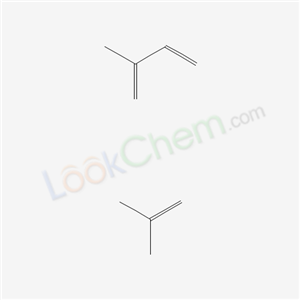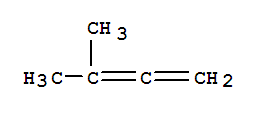Quick Details
- ProName: Lignosulfonic acid
- CasNo: 8062-15-5
- LimitNum: 0
Superiority
Uses
Lignosulfonates have a wide variety of applications.
The single largest use for lignosulfonates is as plasticizers in making concrete, wher…
Details
Uses
Lignosulfonates have a wide variety of applications.
The single largest use for lignosulfonates is as plasticizers in making concrete, where they allow concrete to be made with less water (giving stronger concrete) while maintaining the ability of the concrete to flow. Lignosulfonates are also used during the production of cement, where they act as grinding aids in the cement mill and as a rawmix slurry deflocculant (that reduces the viscosity of the slurry).
Lignosulfonates are also used for the production of plasterboard to reduce the amount of water required to make the stucco flow and form the layer between two sheets of paper. The reduction in water content allows lower kiln temperatures to dry the plasterboard, saving energy.
The ability of lignosulfonates to reduce the viscosity of mineral slurries is used to advantage in oil drilling mud, where it replaced tannic acids from quebracho (a tropical tree).
Lignosulfonates are used to disperse pesticides, dyes, carbon black, and other insoluble solids and liquids into water. They are used in tanning leather. They are also used to suppress dust on unpaved roads.
Oxidation of lignosulfonates from softwood trees produced vanillin (artificial vanilla flavor), but this is not a current use.
Dimethyl sulfide and dimethyl sulfoxide (an important organic solvent) are produced from lignosulfonates. The first step involves heating lignosulfonates with sulfides or elemental sulfur to produce dimethyl sulfide. The methyl groups come from methyl ethers present in the lignin. Oxidation of dimethyl sulfide with nitrogen dioxide produces dimethyl sulfoxide (DMSO).






